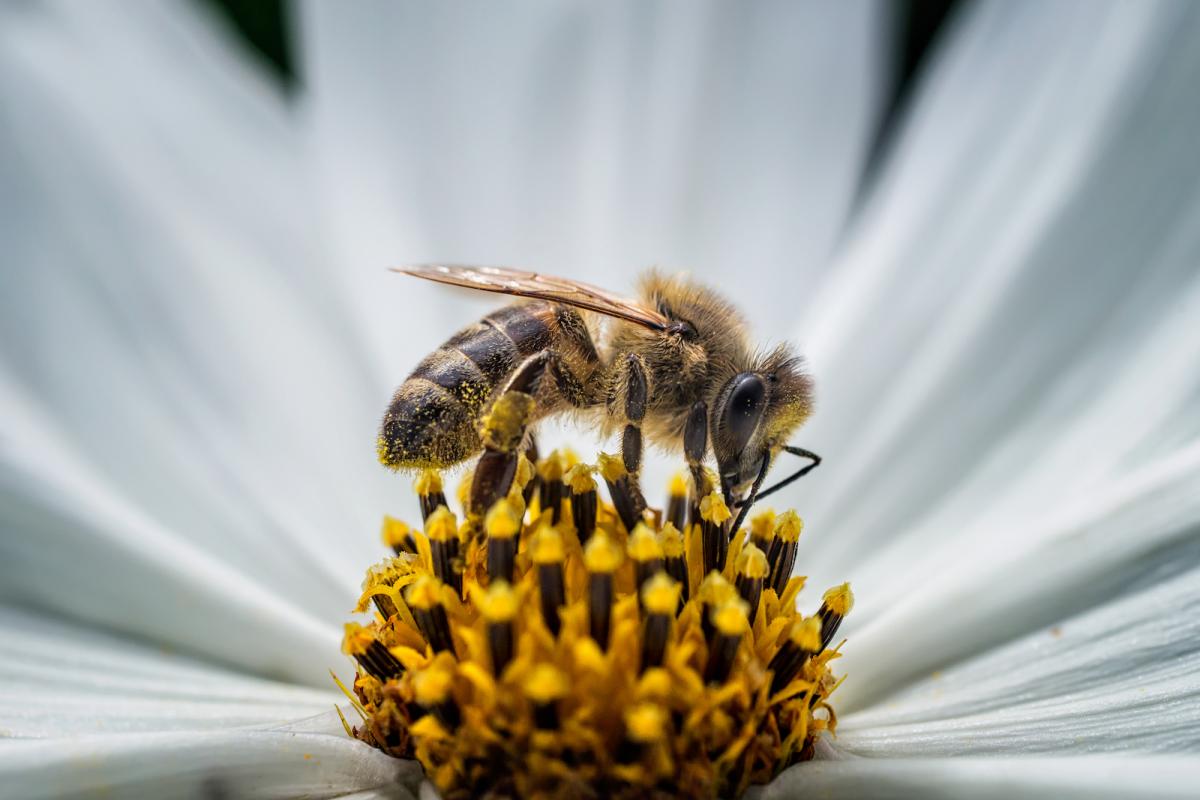This story was originally published by The Guardian and is reproduced here as part of the Climate Desk collaboration.
Insect DNA has been gathered from the air and for the first time used to detect 85 insect species, according to scientists from Lund University in Sweden.
Bees, moths, flies, beetles, wasps, and ants have been identified in a study which raises hopes that airborne environmental DNA (eDNA) could become a useful tool in monitoring insect abundance and declines in biodiversity.
The study, which sampled air from three sites in Sweden, also detected evidence of plants, algae, fungi, and vertebrates, including a woodpigeon, fieldfare, hedgehog, red squirrel and short-tailed field vole, alongside the presence of domesticated animals – chickens, cows, and dogs.
The results, which have yet to be peer-reviewed, were presented last month at the British Ecological Society’s Ecology Across Borders conference, by the lead author, Fabian Roger.
“In the face of the biodiversity crisis, we desperately need better information on the status and distribution of species,” said Roger. “Our study is a proof of concept that sh... Read more
